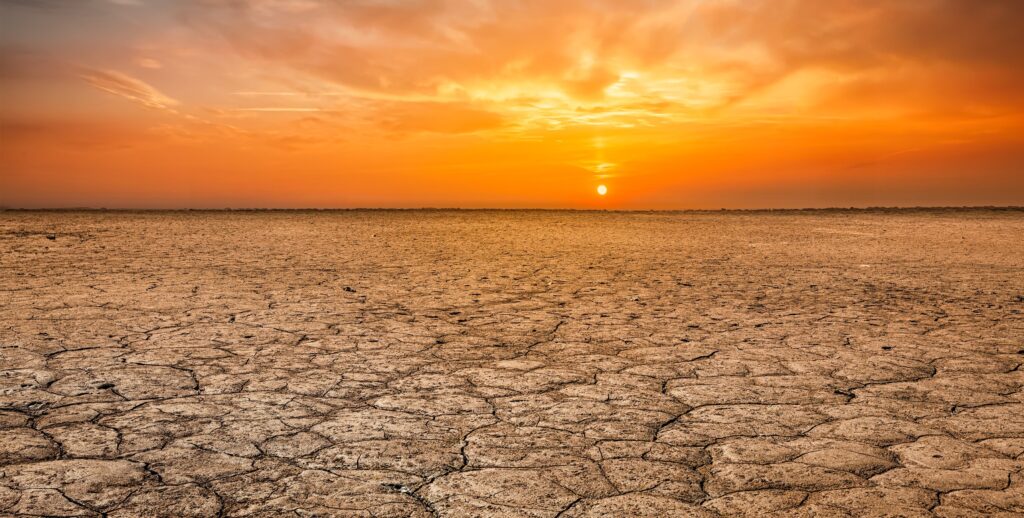There is a lot of overlap between the terms “Ecological Development” and “Environmental Sustainability.”
Every country, every person, and every species on the planet must strive to achieve sustainable development which it meets the needs of the present and future generations. Some authors argue that environmental sustainability is an essential part of a sustainable development process, but there is skepticism about how far this can go.
“Ecological development” and “environmental sustainability” are at the core of sustainable development.
It is the ability of such an ecological system is to maintain its function and structure under influence of both inside and outside factors. ‘Environmental stability’ is another term for this idea. The “environmental sustainability index” measures a country’s ability to sustain its natural resources (ESI). Environmental stress, institutional & social opportunities, as well as the state’s international activity are among the 76 parameters that go into the calculation of the index’s value. There are a number of ways that environmental sustainability can be achieved:
The introduction of eco friendly as well as advanced technologies, economic restructuring, scientifically sound environmental management, recycling but also consumption of production waste, as well as recycling & usage of production waste.
“Idea of a healthy society” with healthy lifestyle introduction and an increase in average life expectancy through better quality of life (quality of environment, social safety) and better health for people.

“Green investments” and ecosystem transregional development principles include: decreasing human impact on the natural environment by reducing emissions, cleaning it up “historical pollution,” managing waste, preventing environmental crises, and improving environmental protection; lowering anthropogenic pressure on nature.
Natural environment, ecosystems as well as biological diversity preservation and restoration.
As a tool of man, modern industrial production shifts its focus from man to nature.
Everything from mining to energy to chemicals to metallurgy to information technology to agriculture to transportation to construction to electronics to mechanical engineering to the food industry is based on the finite assets of natural ecosystems which are being exploited and not being developed at all. There will come a point in the future when the most effective 100 percent use of natural resources will begin to deplete them, as well as in them the sustainability of any and all mankind would then slow down and eventually come to a halt. There is no way to make up for the disastrous overconsumption of content means of subsistence as well as living space by using low-power “alternative energy sources” or renewable resources (to their natural renewal rate).
A waste-free production and technology form cannot be created because it is impossible to do so in the first place. Even environmentally friendly energy is transformed into heat, which permanently alters the planet’s thermal balance. CO2 is released into the atmosphere when fossil fuels like gas, oil, and coal are burned. Polluting emissions are released when metals as well as other elements are no longer useful. Ecclesiastes once said, “Everything is made of dust, and everything returns to dust.”



 Florida is the most famous destination for vacations or retirement on the East Coast of North America.
Florida is the most famous destination for vacations or retirement on the East Coast of North America.